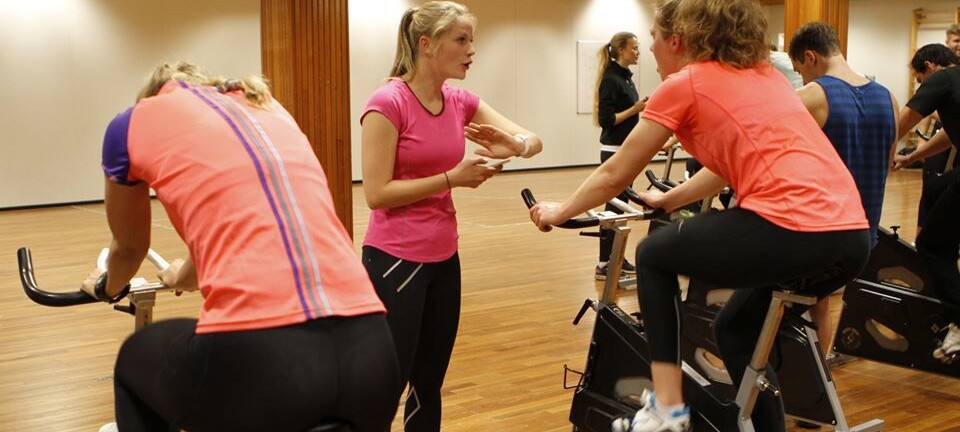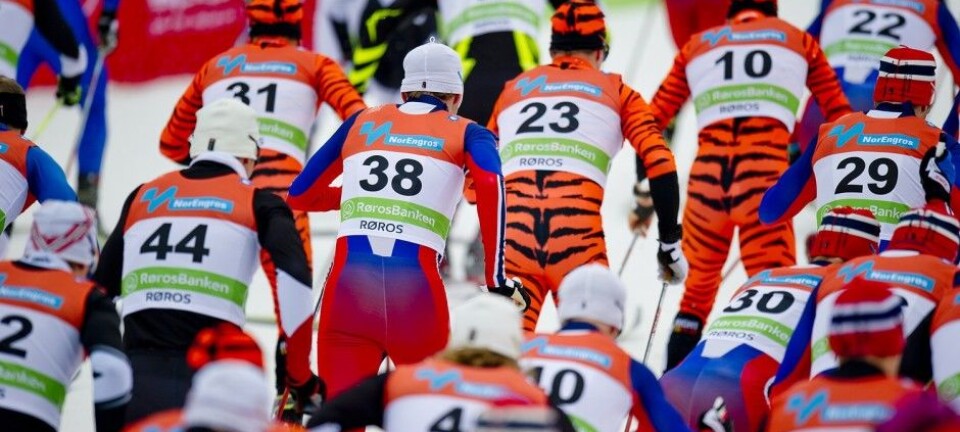This article was produced and financed by The Norwegian School of Sport Sciences - read more
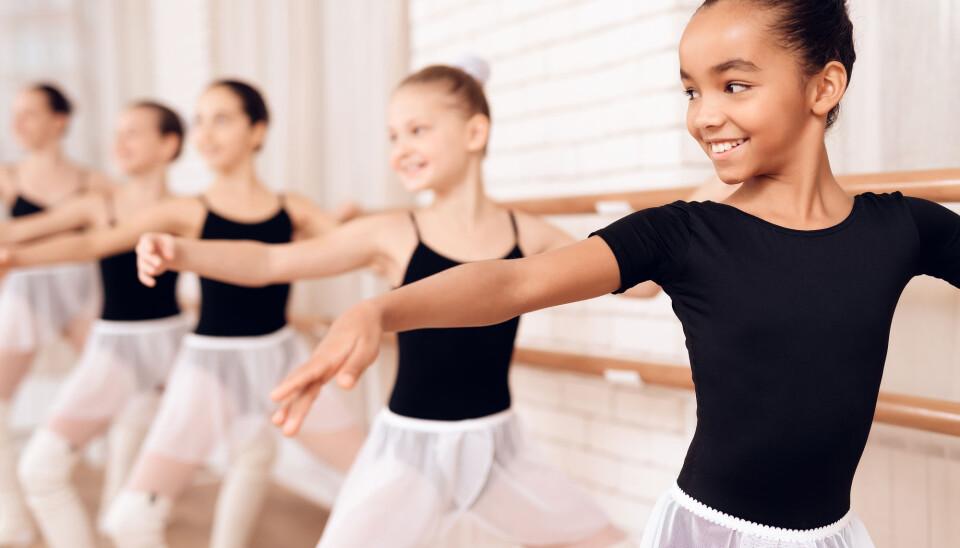
A third of young people aiming for the top in sports and performing arts struggle with negative feelings and stress
The cost of success and perfectionism can be significant for young talents aiming for the top. Around a third of this group active in sport and performing arts struggle with negative feelings, stress and performance anxiety, according to new research.
Certain teenage talents put themselves under a lot of pressure in order to meet the expectations of others. And some coaches have a lot to learn about this. Heidi Haraldsen has studied teenagers who have devoted themselves to the performing arts – ballet and music – and various sports.
“Coaches need to understand how positive or negative motivation processes affect performance, mental health and motivation”, she says.
Victims of perfection
In multiple sessions, 200-250 young people between the ages of 16 and 19 have answered questions on their day-to-day experiences of the journey to the top.
Haraldsen has also conducted in-depth interviews with numerous present and former practitioners. She has studied young people within ballet and music and in the sports of rowing, ice skating, alpine skiing, biathlon, cross-country skiing, athletics and swimming.
“Coaches in particular must become far more aware of perfectionism and its consequences in the form of increased vulnerability and thus unhelpful motivational processes. And that environments in which talent is developed – with coaches at the forefront – can do a lot to mitigate the risk of damaging mental health, well-being and motivation”, she says.
Besides recently having defended her phd, Haraldsen herself is a qualified dancer and dance teacher. She has run a ballet school in Norway and lead a dance company for young people over 15 years old. She is also responsible for the practical/pedagogical dance and theatre study programme at the Oslo National Academy of the Arts.
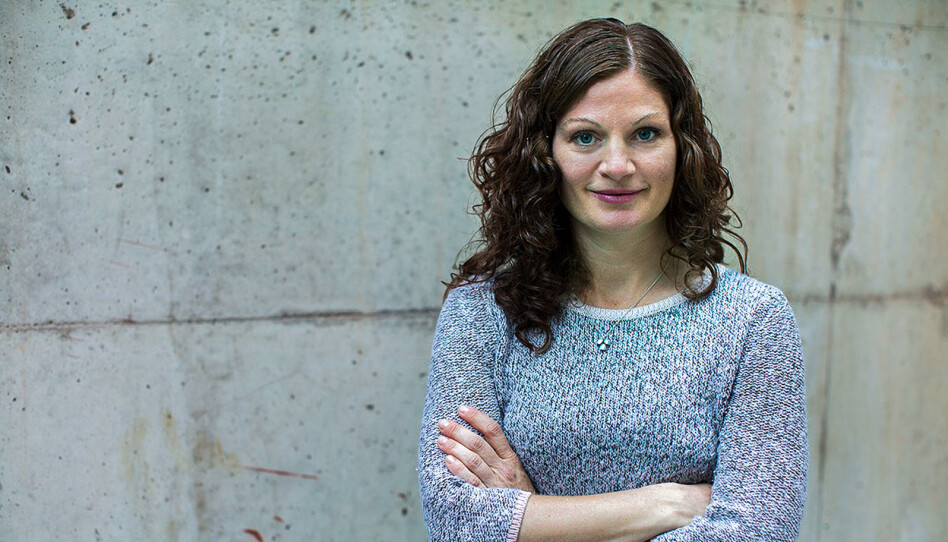
Not just about personal abilities
Haraldsen says that positive motivational processes are particularly important for learning, development and personal growth. The development of talent does not just depend on the artistic and sporting abilities of the practitioner. It is also dependent on good motivation and a good mindset; it affects the psychology of the practitioners. Detecting and eliminating factors that threaten healthy development is important.
"Some teachers, both within the arts and certain sports, have a lot to learn when it comes to this," Haraldsen concludes.
According to the fresh doctorate, some coaches work in a more authoritarian and controlling way. Others support their athletes or performers and their own initiatives to a greater extent.
“It’s not a black-and-white situation, but teachers in the arts generally rate a bit lower in terms of teaching style”, Haraldsen says.
“To simplify, these teachers are primarily artists rather than teachers or coaches. The young talents they work with have great respect for them and feel a great deal of pressure: They must live up to high expectations if they are to succeed in a competitive environment.”
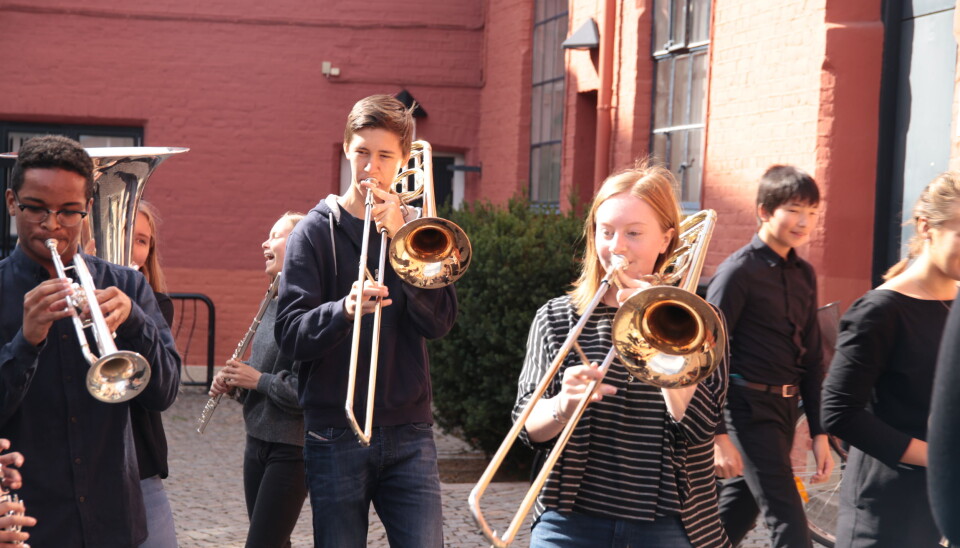
Training can’t be too easy
The hard work in general and pressure from the teacher or trainer together with perfectionism affects the mental health of the practitioners. It can reinforce unhealthy motivational processes and can turn into doubt, negative feelings, physical and mental fatigue, performance anxiety and other problems, according to Haraldsens research.
However, the practitioners themselves are also responsible for much of the pressure; many of them want it to be this way, both in sport and the arts.
“Training should be tough and hard. If courses and training are too easy, young people will go to Britain or Russia instead, in search of more extreme environments.”
Specialisation or fun
Talent within the arts and sports is very different. Specialisation starts at the earliest in ballet, where even young children participate in professional and teacher-guided training with a stress on technique and critical feedback. There is a long tradition of this in dance and music, and particularly within the classical disciplines, such as classical music and ballet.
In comparison, specialisation within sports occurs later. Doing sports is mostly fun – it consists of parent-driven activities with a lot more social support for the youngest, for example within athletics or cross-country skiing.
Research shows that this approach is both healthier and better for cultivating talent.
“Some of the differences between sports and performing arts found in the research are down to this cultural difference,” says Haraldsen.
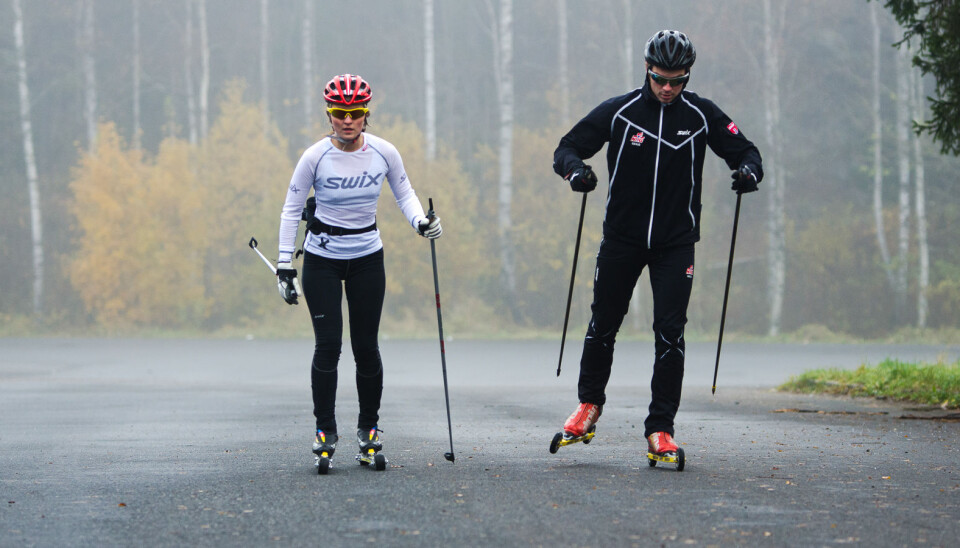
Perfectionist with low self-esteem
So, what do participants characterise as unhealthy motivational processes? This is what Haraldsen has studied in the greatest detail.
Participants can be divided into three groups, which tell us different things about how unhealthy motivational processes are experienced. This is very similar in both the sporting and art world.
For one group, the "perfectionists," it is perfectionism itself that is the problem. They are very talented and feel that they often practise extremely hard to avoid failure because their self-esteem depends on how they perform. In the event of a setback, their feelings of intrinsic value are at stake.
Sense of duty
For the second group, who are less perfectionist, unhealthy motivational processes often come from the fact that they have been unlucky recently, due to illness or injury. It's tough to deal with, but they're still more mentally robust because they have a healthier way of looking at developments than those in the first group, and thus are better at coping with adversity.
The motivation of the third and final group comes from external sources. These young people have come into sports or the arts due to their parents or others taking the initiative. They succeeded more due to a sense of duty, or to live up to the expectations of parents or teachers, rather than for themselves. They can practise for 30 hours a week because they have already invested so much and have not explored other options.
“This can be a disadvantage of early specialisation. They don’t have a plan B”, says Haraldsen.
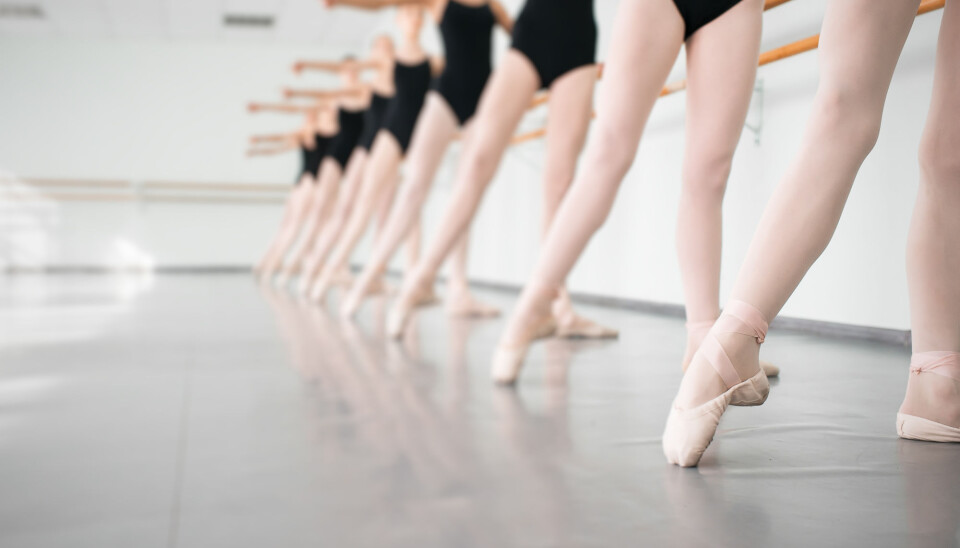
Girls and dancers on the edge
In both the arts and sports, teenagers aiming for the top are ambitious; they work in an extremely focused manner in order to improve. The vast majority are aware of this, and they cope well with the pressure. Nevertheless, the study shows that artists and girls are generally more vulnerable than boys and athletes, according to Haraldsen.
According to the researcher, the coach is part of the solution to these problems. The relationship between the athlete or performer and the coach is crucial.
“If the coach both knows the character of the athletes or performers, and puts them in the centre, and at the same time avoids pushing, controlling or manipulating them, he or she will act as a buffer or shield against potential problems. Then aspects leading to vulnerability can be kept in check. Talent will blossom, and the drop-out rate will fall,” according to Haraldsen.
“There is a fine balance between needs, structure and support”, she continues.
“The coach has to discover this balance if young people are not to be at risk of mental problems. The practitioners themselves are important for their own learning and development – this isn’t something you can force or threaten them to do. A coach has to think of the big picture, not just about technique, details and performance.”
To be a good coach, it’s not enough to be good at what you’re teaching. Being a good dancer or a good football player doesn’t cut it.
“A good coach has to be a good motivator and educator. They have to remember they’re working with human beings, not machines”, says Haraldsen.
Reference:
Haraldsen, Heidi Marian et al, Thriving, Striving, or Just Surviving? A Study of Motivational Processes among Elite Junior Performers from Sports and Performing Arts, Frontiers in Psychology, June 2019.








